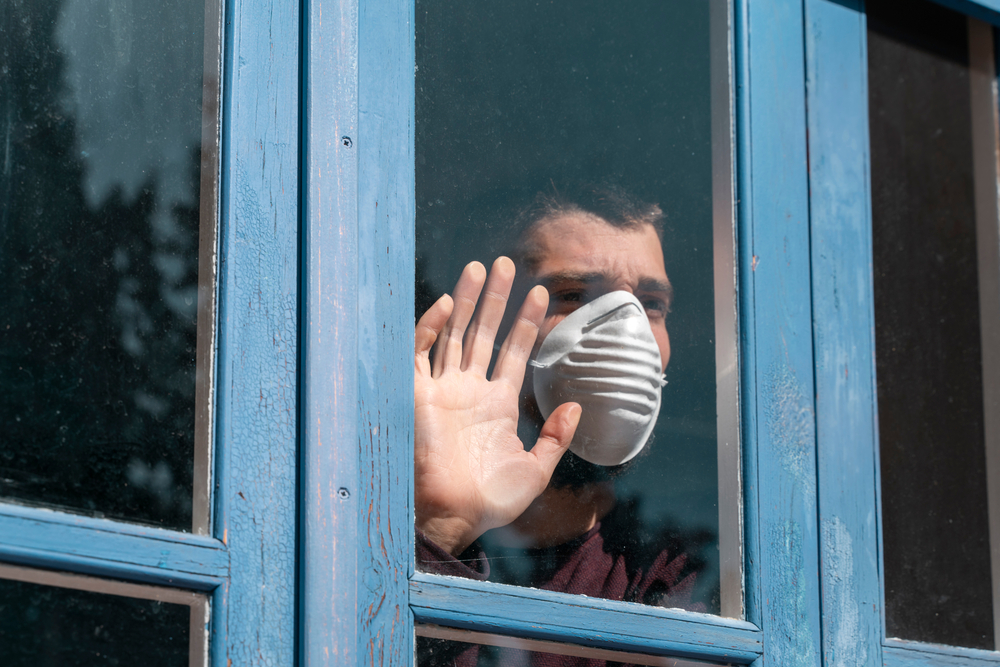Experts offer differing perspectives on coronavirus

Famed broadcaster, Paul Harvey (1918-2009) would end his monologues with the familiar phrase, “…and now you know the rest of the story”. It was his way of acknowledging the many sides to a story or narrative and that his version was yet another.
The same can certainly be said of the COVID-19 pandemic. Every day for several hours, state and federal government and health leaders fill the airwaves with their perspective on the situation, punctuated by the experts and facts they have come to rely on.
Yet in these fascinating times it should not be surprising that there exists other perspectives – undoubtedly many of which you’ve read in your social media feeds. They range from quack conspiracy theorists to amateur sleuths and mathematicians. Yet amongst that noise, there exists credible analysis from accredited STEM experts who take issue with a wide range of conclusions and responses put forth by government leaders and experts.
Without taking sides or casting judgment on the credibility of either perspective (lock down vs. let live), here are some of the more interesting articles from what would be considered by most, to be credible expert analysis during normal times.
On comparisons between COVID-19 and 2009 H1N1 outbreak
Beginning in 2009, the virus swept the globe, and the WHO counted 18,500 swine flu deaths that had been confirmed by laboratory tests. But according to new estimates from researchers at the U.S. Centers for Disease Control and Prevention, the virus probably killed between 105,700 and 400,000 people around the world in its first year alone, and an additional 46,000 to 179,000 people likely died of cardiovascular complications from the virus.
BROUGHT TO YOU BY
You’ll likely get the virus, even with containment strategies
Harvard epidemiology professor Marc Lipsitch predicts that within the coming year, some 40 to 70 percent of people around the world will be infected with the virus that causes COVID-19. But, he clarifies emphatically, this does not mean that all will have severe illnesses. “It’s likely that many will have mild disease, or may be asymptomatic,” he said. He also added, “I think the likely outcome is that it will ultimately not be containable.”
Ohio modeled the ‘worst case’ on Italy. But why did so many there die?
According to Prof Walter Ricciardi, scientific adviser to Italy’s minister of health, the country’s mortality rate is far higher due to demographics – the nation has the second oldest population worldwide – and the manner in which hospitals record deaths.
Public health experts say ‘real’ fatality rate of COVID-19 is too low to justify ‘drastic crackdowns’
An expert in public health emergency preparedness who has advised the CDC, George Avery, submitted this essay to The College Fix. The former Purdue University professor of public health wants to express his agreement with “other professors of public health on the overreaction that is occurring” in response to the coronavirus pandemic.
Coronavirus death rate much lower than previously reported, study says
The coronavirus may not be as deadly as previously suggested, according to a new study that accounts for cases that were not diagnosed. The study published Monday in the medical journal The Lancet Infectious Diseases estimated that the death rate will be 0.66%, which is much lower than figures between 2% and 3.4% that have come out of Wuhan, China, according to CNN.
Researchers said the lower coronavirus mortality rate was determined by accounting for cases that went undiagnosed — possibly because they were mild or had no symptoms.
A call to honesty in pandemic modeling
Regardless of which strategies various governments will eventually turn to in the fight against COVID-19, their success will hinge in large part on the cooperation of the public — maintaining effective suppression on a timescale of years, for example, would require extraordinary levels compliance from citizens. The public should not be misled by presenting false stories of hope to motivate behavior in the short-term. Public health depends on public trust. If we claim now that our models show that 2 months of mitigations will cut deaths by 90%, why will anyone believe us 2 months from now when the story has to change?
There is surely more to be added to this ever-changing and perhaps un-ending story (at least until a vaccine is found). And with so many life-altering decisions being made on our behalf by our political and healthcare leadership, it’s never been more important to read and examine all the credible information at our disposal. It’s the basis for a healthy democracy, so we’ve been told.
BROUGHT TO YOU BY
BROUGHT TO YOU BY






